5 things every visitor needs to do on the Island of Hawai‘i
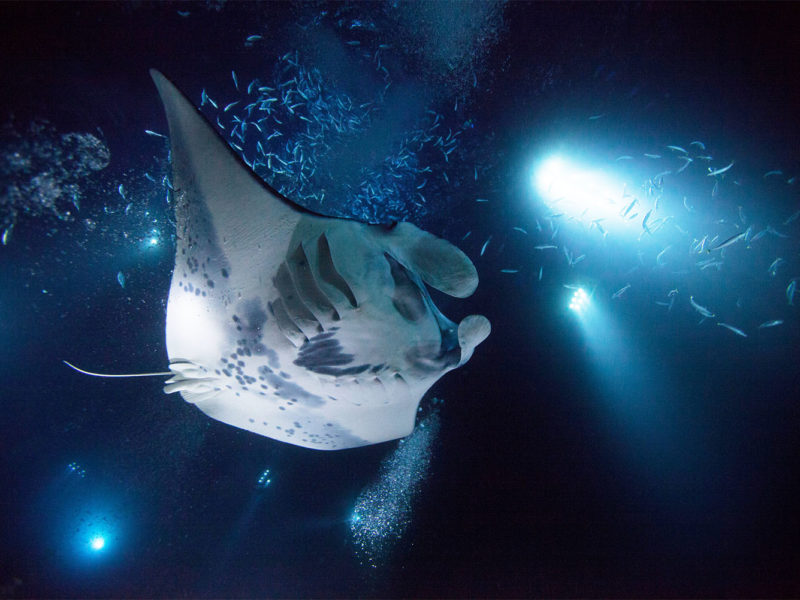
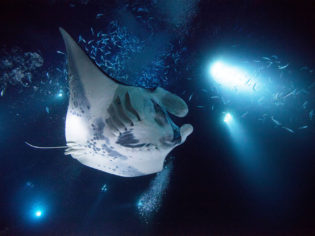
The eruption of Kīlauea on the Island of Hawai‘i has paved the way for locals to look to the future.
As new land is still being created by the lava, we look to celebrate this diverse and dramatic landscape – from its black-sand beaches to patches of countryside where it appears fresh coats of green paint have been applied. Here is our wrap-up of a few of the best things to do on the Island of Hawai‘i.
1. Kona Coffee
Kona coffee is a central part of life on the Big Island of Hawai‘i where coffee beans were introduced by Christian missionaries in the early 19th century. Hawaiians have since embraced coffee grown in the Kona district with gusto, with cafes on every corner and the aroma of the rich brew as ubiquitous as the sweet and swirling scent of plumerias and coconut oil. Pure Kona Coffee, Royal Kona Coffee, the Kona Coffee and Tea Company have all been borne from the boom as the mineral-rich slopes of West Hawaii provide the perfect growing conditions.
See where the rich brew in your cup came from by visiting the Kona Coffee Living History Farm, where visitors can get a taste of Japanese immigrant life on the farm as well as a cup of the rich, medium-bodied brew. Caffeine nerds can also plan their visit to coincide with the Kona Coffee Festival, which celebrates the bean with parades, cupping competitions, cultural exhibits and more in November of every year.
2. Manta Ray Snorkelling
Every Monday through Saturday, as the sun sinks into the sea off the shoreline near Mauna Kea Beach Hotel, a group of snorkelers can be seen, linking elbows, floating face-down in the velvety black sea. The Manta Moonlight Snorkel is an environmentally sensitive, educational marine-friendly activity led by researchers, James and Martina Wing, who have studied the gentle giants for more than 26 years.
Turn off your Go-Pro: the magic of this experience lies in being in the moment, watching the manta ray as it flies underwater with grace and beauty. It is a strange, almost haunting experience to be up close to Jolene Ray, with her wing span of about two metres as she somersaults backwards in slow-mo like a friendly ghost. The manta rays are attracted by the moonlight, or in this case, the floodlight, to find plankton, and observing Jolene hoovering up the microscopic organisms is a special privilege.
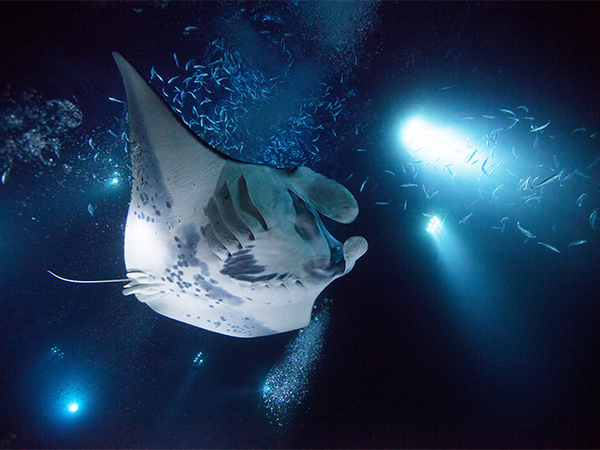
Incredible scenes at The Manta Moonlight Snorkel
3. Hawai‘i Volcanoes National Park
When the Lower Puna erupted in 2018, opening up Fissure 8, the thick fingers of lava swallowed up streets in Leilani Estates and fumbled at the pockets of Pahoa. A visit to the erupting summit of Kilauea Volcano in Hawai‘i Volcanoes National Park is to learn about Hawaiian mythology, and the fiery heart of the goddess Pelehonuaema and see the devastation firsthand.
More than 90 per cent of the park remains open as repairs continue. Although Kīlauea Volcano is no longer erupting, visitors are still travelling to Hawai‘i Volcanoes National Park to see the steam escaping from vents and marvel at the scorched earth, which looks like someone’s had a giant luau (Hawaiian feast) and neglected to clean up after themselves.
While in the park you should also travel in the footsteps of Hawaiian elders to the Pu`u Loa Petroglyphs, a gallery of ki`i pohaku (images carved in stone).
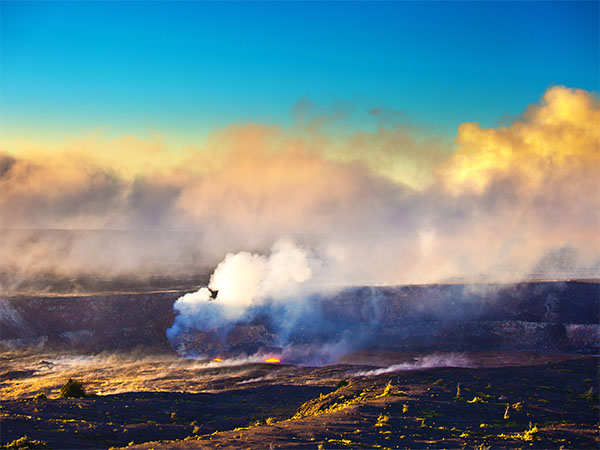
The bubbling crater at the Hawaii Volcanoes National Park
4. Food on the Big Island
Poi has long been a cornerstone of the Native Hawaiian diet and is ubiquitous on the Big Island. While the sweet and starchy purple root vegetable remains one of the key ingredients of a luau, it is also being reinterpreted on menus around Hawai‘i.
Book a private tasting menu at The Inn at Kulaniapia Falls and chef Daysen Masuda will wow you with his creative interpretation with light-as-air crackers or waffles bruised purple from poi. The ‘mixed plate’ is a multicultural ‘Big Island’ dish that nods to the history of migrant workers working on cane and pineapple plantations bringing dishes from their homeland to share. Head to the rustic Hawaiian-style Cafe Hilo to taste that history on a plate with meat, white rice, macaroni salad and an entrée inflected with Philipino and Chinese flavours.
Head to the Hilo Bay Cafe for chirashizushi, a plate of fish and rice that celebrates the Japanese influence on Hawaiian cuisine. Oh and don’t forget to dunk your Donkey Balls in a cup of Kona coffee as the much-loved chocolate-covered mac nuts are a must-try.
5. Black sand beaches
The black-sand beaches on the island of Hawai‘i tell of the devastation wreaked on the island over time by Kīlauea and Mauna Loa, which are both active volcanoes. The sand on black-sand beaches comprises tiny fragments of lava which, when it hits the ocean, solidifies and shatters into black sand.
Punaluʻu Beach is known as ‘black sand beach’ and it’s because the sand absorbs the heat hawksbill and green turtles can often be found here basking in the sun. Punaluʻu is the easiest black-sand beach to access on the Big Island. The best place to snorkel here is Ninole Cave, near Volcano Village. Leleiwi Beach Park in South Hilo is another black-sand beach with smouldering good looks: expect to see tropical fish and marine life such as sea turtles.
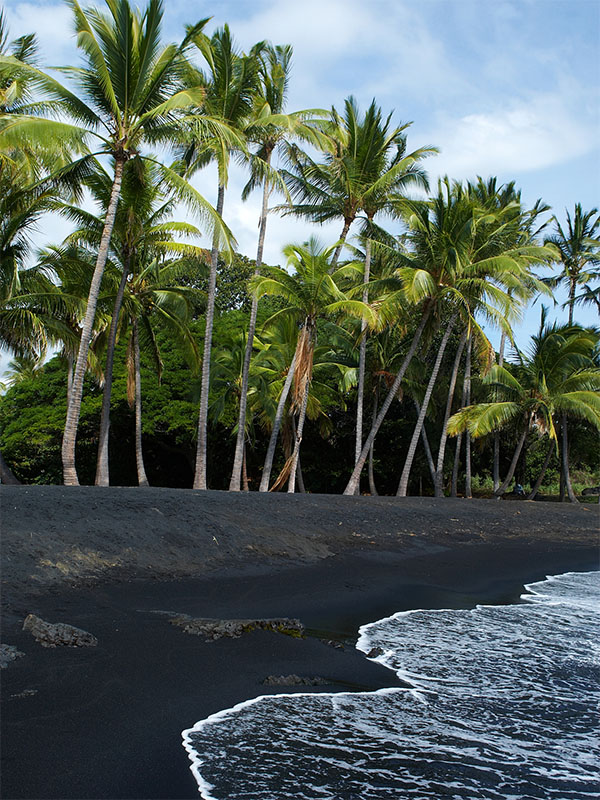
The black sand of Punalu’u Beach

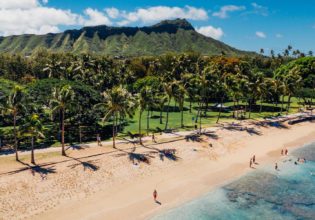
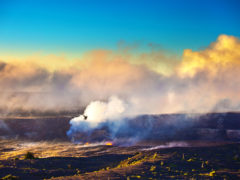
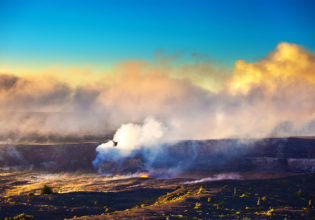
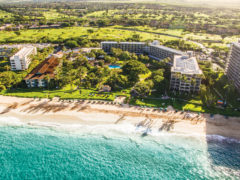
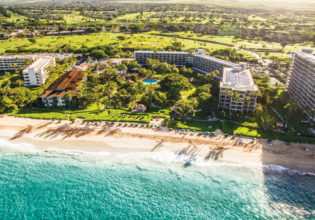

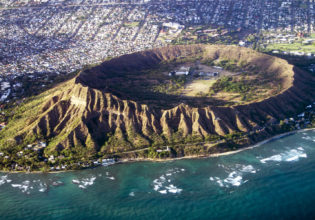


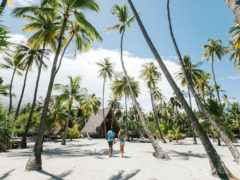
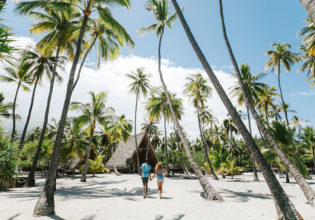

LEAVE YOUR COMMENT